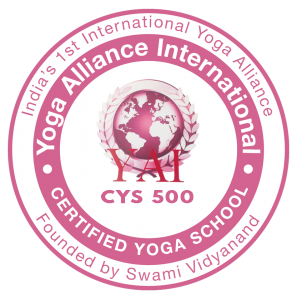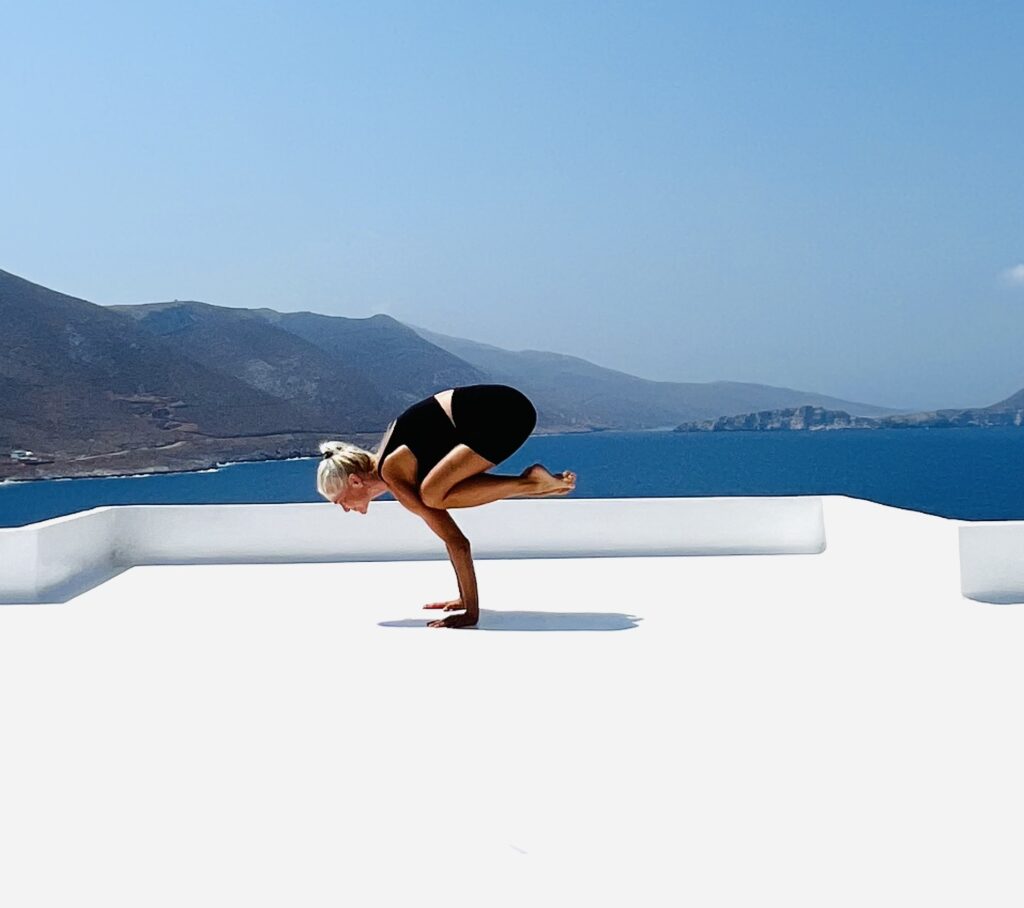Information


Understanding Vinyasa yoga. Discover the meaning, beauty and power of a Vinyasa style yoga practice.
The popularity of Vinyasa style practice has been on the rise for years now. Known as a strong, rhythmic practice, often sweaty and heating, the Vinyasa style attracts many to the mat. Perhaps of its dynamic nature, which some people might see as a workout. It’s not uncommon for asana practice to be seen as a workout especially for those who are quite new to yoga.
Vinyasa is a term used to describe the harmonious flow between breath and body movement. The body moves with the breath, which fuels the movement with power and energy, yet the mind remains focused. For the mind to do so, it means that the breath must be at a regular, steady and consistent pace. It is not necessarily a fast paced practice, it follows more of a systematic approach, where both strength and flexibility of mind and body are used simultaneously. Therefore awareness must always be there.

It’s important to understand that all asana practice is essentially hatha yoga. This is the third limb of the eight by Patanjali, from the Raja yoga path. Hatha yoga is made of two components: HA which represents the dynamic, yang like, strong/heating side and the masculine/sun energy or Pingala Nadi (the prana). The other is THA which is the more passive, yin like, cooling and the feminine energy/the moon or Ida Nadi (the mind). The first stimulates the SNS and the later begins to cool the body down for the resting state of PSNS which is finally reached in Savasana. Every complete asana practice is derived from Hatha and it is essentially a style of Hatha. Excluding are Yin and Restorative Yoga, which are both incredibly essential (in my opinion) yet complimentary practices and not complete ones. They focus solely on relaxation and the feminine, receptive and calming side.
The practice of Vinyasa is not a dance like flow where mind wonders here and there, whilst the body moves sporadically. This is not yoga and such experience does not help neither the mind nor the body develop steadiness for dharana and dhyana. It is definitely not meant to be a workout, although indeed one can feel its heating effects and of course the strength and flexibility developing. But as it is still a Hatha practice, balance must be there between the SNS and PSNS.

These days, Vinyasa has kind of emerged as its own practice. Whilst some teachers follow a more traditional guidance, others have slightly “modernised” the practice to a fluid flow of dance and rhythm. And this is ok, it brings people to the mat and at some point awareness and harmony will come beyond just moving the body.
Remember that a Vinyasa practice is still Hatha yoga. So the harmony between mind, breath and body must be there.
The most important aspect of any asana practice is the breath. It is the fuel to our physical existence. Focus on bringing the breath in a steady rhythm, then the body and mind follow.
Drishti is also a very important part because if there is no focus, then the mind is all over the place. Learn to focus your gaze in each asana.
Join me for this FREE online powerful 20 minutes Vinyasa yoga practice.